Australia’s most dangerous women inmates
THEY are among the most dangerous women in prison and authorities don’t know how to cope if they’re ever released.
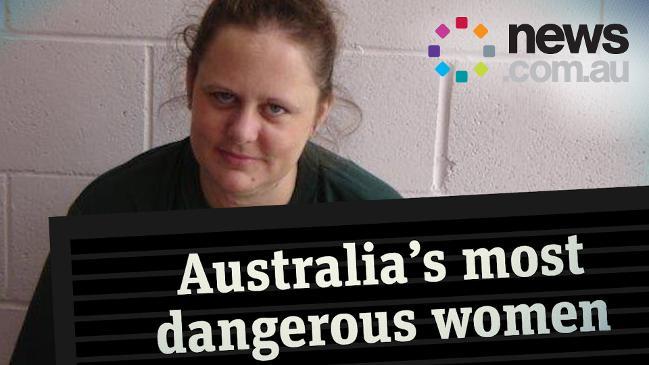
Crime in Focus
Don't miss out on the headlines from Crime in Focus. Followed categories will be added to My News.
WARNING: Disturbing content.
INSIDE Australia’s toughest women’s prison a banging sound was coming from the cell of the country’s most violent inmate.
The female prison officer on the wing of the self harm unit went to investigate and what she found was truly shocking.
It was 2009 and the inmate, Rebecca Butterfield, had a prison behaviour sheet dozens of pages long.
Among the “girls” at Silverwater Women’s Correctional Centre in Sydney’s west — drug dealers, thieves, prostitutes, con-women and killers, Butterfield is considered the worst.
Her Corrective Services NSW record is marked with at least 39 alerts, including stabbing an officer in the face and throwing boiling water at two other officers.
Butterfield, from a respectable family in a country town, hadn’t entered the prison system for serious offences in 2000.
But after committing malicious damage in the town’s main street as well as drug offences, her violent behaviour had escalated.
She stabbed a neighbour five times who had tried to stop her self harming and was sentenced to three years in prison.

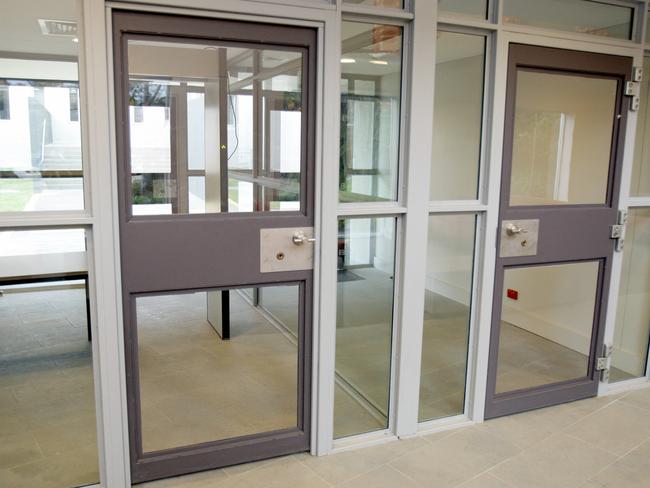
Butterfield was consumed with a rage and self loathing which prison psychiatrists explained as severe personality disorders.
Then on May 7, 2003 in Emu Plains Correctional Centre for women in far western Sydney, Butterfield crossed a line.
Inside the minimum security women’s prison, 30-year-old Filipina businesswoman Bluce Lim Ward was nearing the end of her sentence for fraud.
Butterfield took a knife from the day room and stabbed Ward from behind through her ribs and heart, 33 times.
Convicted of manslaughter, Butterfield was moved from Emu Plains to maximum security Mulawa women’s prison at Silverwater, near Sydney’s Olympic Park.
The female prison officers who cared for Butterfield had to make sure she was not left with anything sharp.
Even the tiniest piece of plastic could be used to slice open a vein and Butterfield was motivated.
Since the killing in Emu Plains, Butterfield was a danger to other inmates and to prison officers, but she had consistently been slicing herself up.

On four occasions she had cut her own throat so severely she needed hospitalisation, and on one occasion nearly bled out in her cell.
She had set her cell on fire and banged her head against the cell wall.
But in 2009, she seemed intent on doing maximum harm.
What the alarmed senior prison officer found when she investigated the thudding sound was Butterfield, her skull split wide open. She had headbutted the wall more than a hundred times.
The experienced professional woman prison officer who found Butterfield was moved to tears when she later recalled the moment.
Last year the NSW Supreme Court ruled that Butterfield, by then aged 41, was too dangerous to be released following the end of her sentence for manslaughter.
Believed to still be housed in Silverwater Women’s prison, she is due for release in late 2020.
But state authorities then face the difficult task of where to house her.

DEBBIE MARIE ADAMS
The same dilemma faced the NSW Ageing Disability and Home Care department over yet another dangerous woman inmate, Debbie Marie Adams.
Now released from Silverwater Women’s prison, Adams had a fascination with knives that led her to kill.
The horrific trajectory of Debbie’s violence-laden life as a tormented and sexually abused toddler had unsurprising results.
Deeply disturbed after horrendous childhood abuse, Debbie had grown up with a knife fixation that saw her expelled from school.
At the age of 15, she had chased her mother with a knife, stabbing her while screaming, “I’m going to kill ya, I’m going to kill ya before the police and welfare get me.”
Six months later, Debbie was awaiting trial for her mother’s attempted murder and living at Yasmar Girls Juvenile Detention Centre in Sydney.
On July 23, 1999, TAFE relief teacher Scott Bremner was sent to Yasmar because there was a staff shortage for the home economics class.
Around 9.45am, senior youth workers escorted Debbie and five other girls to the classroom.
Debbie became “very excited.” and asked, “Are there any knives in the class? Do I get one? Do I get one?”
Each girl was given a toolbox and a large knife.

Debbie became hyperactive and at recess, she told Yasmar’s Assistant Principal, “I’m going to stab you”.
He defused the situation.
Then Debbie told another female detainee, she intended to kill Scott Bremner and also boasted that she’d knife another girl.
After the class resumed, tuition moved on to cutting vegetables.
Debbie moved away from the bench and held the knife down beside her body.
Suddenly, she walked swiftly up behind Scott Bremner, raised the knife with two hands and plunged it into his back.
As the other girls screamed, Debbie threw the knife at Scott and in a “rage-like state”, hurled vegetables at the stricken teaching assistant until she was restrained.
Bremner died on the operating table in Royal Prince Alfred Hospital at 3.47pm that afternoon.
Debbie was placed in Silverwater Women’s Correctional centre where she could not be left with any sharp object, or she would continually self harm.
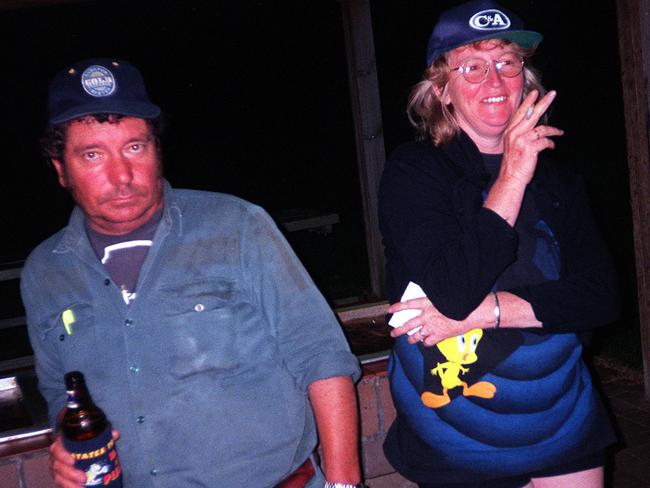
KATHERINE KNIGHT
The smiling bespectacled old lady carrying the Bible around prison who goes by the name of Katherine is Australia’s most savage female killer.
Katherine Knight may have found God inside the walls of maximum security, but the grey-haired hymn singer is not allowed near a kitchen knife.
And that is because Knight is a cannibal with superior skills she learned while working at an abattoir.
What she did to her boyfriend John Price, and afterwards to his body, made international headlines.
It was the year 2000, and in the face of their deteriorating relationship Price had told Knight he was leaving her.
Knight had been prone to “uncontrollable rages” growing up, and had assaulted husbands and stabbed a partner’s dog.
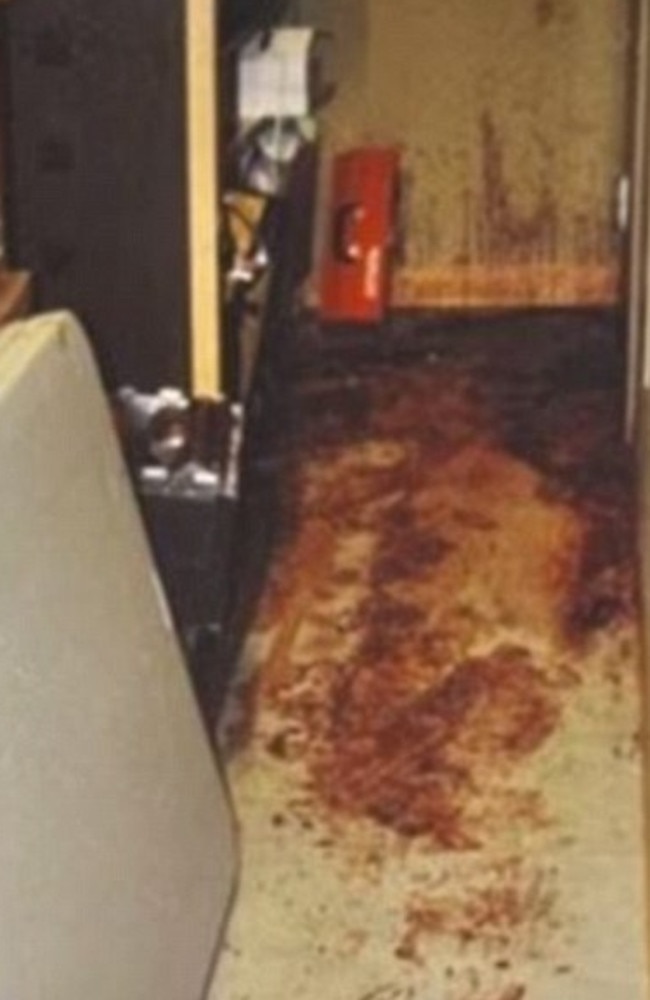
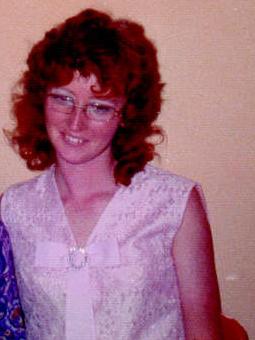

On February 29, 2000, following a series of assaults by Knight on Price, he threw her out of his house and took out an Apprehended Violence Order against her
Nevertheless, that evening the couple had sex inside his house before he fell asleep.
While he was sleeping, Knight went to work, stabbing Price 37 times and then expertly flaying his body with her favourite knife.
She made a “skin suit” which she hung from a meat hook and then decapitated him and
boiled up his head on his kitchen stove with vegetables and gravy.
She set places with the names of Price’s children.
Police officers called to the scene later had to undergo counselling because of what they witnessed.
When they entered the kitchen, they found baked potatoes and pumpkin in the oven and a still-warm pot with Price’s head floating in it with cabbage and zucchini.
In prison, Knight has been seen to calmly go about one of the prison jobs of unravelling and repacking airline headsets. but no-one knows what goes on behind the benign smile.

THE BABY KILLERS: KATHLEEN FOLBIGG
Kathleen Folbigg is considered Australia’s worst female serial killer, but in prison her greatest problem is attack by other female inmates who learn of her crimes.
When Folbigg was two years old, in 1969, her father murdered her mother, also named Kathleen, by stabbing her 24 times.
Following her father’s arrest, Folbigg was made a ward of the state and placed into foster care and later a children’s home.
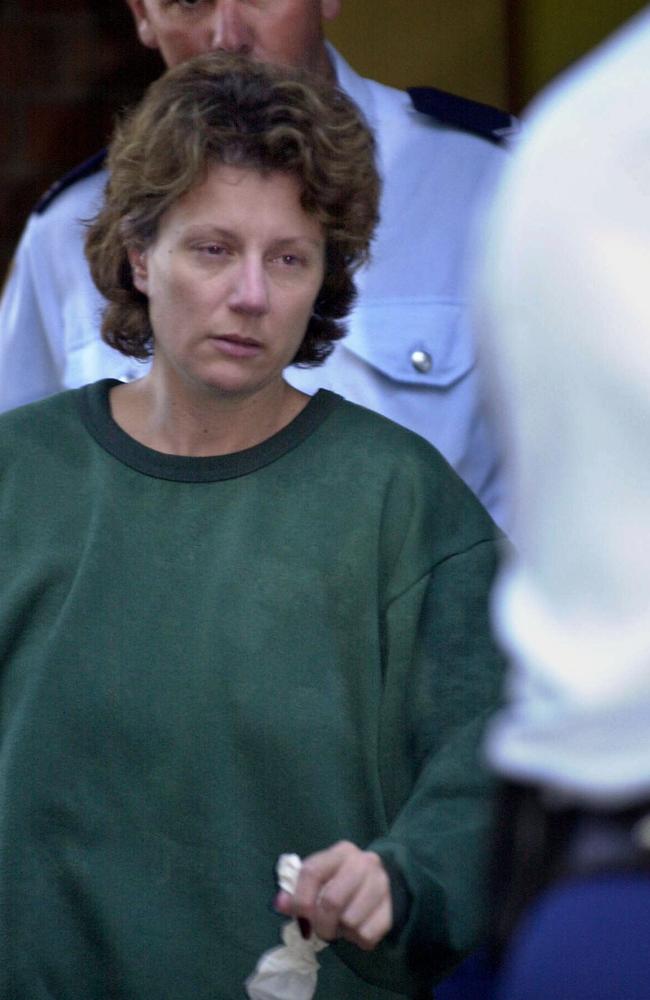
Folbigg married and, between 1989 and 1993, killed her infant children, 19-day old Caleb, eight-month-old Patrick, Sarah, ten months and 19-month-old Laura.
Even other convicted baby killers insider Silverwater Women’s Prison despised Folbigg, who has spent most of her time in protection or segregation.
Serving a 30 year sentence, Folbigg’s only hope of early release is a groundswell of supporters.
They believe she may have been wrongly convicted, and that her children died from cot death or disease.
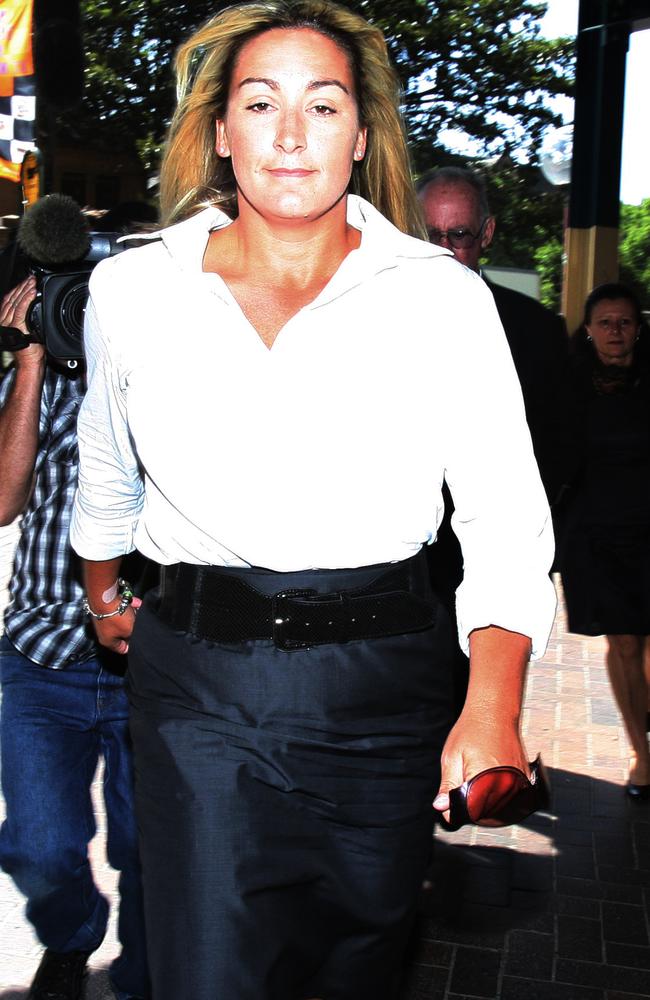
KELI LANE
One-time Olympic water polo champion Keli Lane was bewildered to find herself in the grimy surrounds of Silverwater prison.
Daughter of a well known surfer, rugby player and retired NSW police inspector, Lane had attended a private school.
On 12 September 1996, Lane, aged 21, gave birth in secret to Tegan Lee Lane at Auburn Hospital in western Sydney.
Soon after the baby vanished but it wasn’t until 16 years later that Lane was convicted of the child’s murder.
She is currently serving an 18 year sentence with her earliest release date in May 2023.

RACHEL PFITZNER
Then there is Rachel Pfitzner, who murdered her toddler in a bizarre and cruel manner.
Pfizner swung the little boy around by his hooded top until he choked, then packed two-year-old Dean Shillingsworth’s body in a suitcase and tossed it in a public pond.
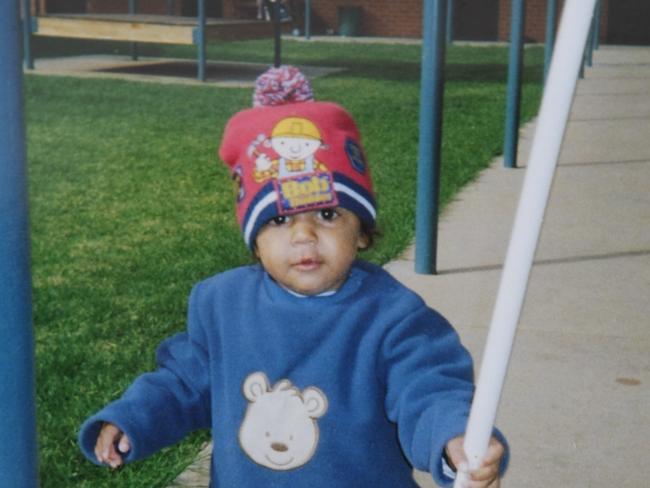

SW
Perhaps the least known of the women inmates who killed their babies is “SW”. However her crime will not be forgotten.
Together with her partner, SW starved the youngest of their three daughters to death.
Known only as “Ebony”, the seven-year-old was profoundly autistic and difficult to control with an obsessive compulsive disorder.
The girl’s mother, SW, was a Valium addict with a controlling husband.
While living on the NSW Central Coast with her parents and sisters, Ebony deteriorated from a chubby, healthy child to die in squalid conditions in the bedroom of her Hawks Nest home in November 2007, weighing just nine kilograms.
SW’s murder trial heard medical evidence that Ebony was so physically wasted she would most likely have been unable to stand, sit or swallow food in her final days.
She would probably have been comatose before she died.
The woman said at her trial that she was unaware that her daughter was close to death because she was heavily drunk and affected by large doses of prescription drugs.
The prosecution countered that the woman had known, and had told lies after the murder to conceal the fact, including telling police that she had fed and watched television with Ebony shortly before she died, and then helped her walk to her bedroom.
The sentencing judge described SW as “unimaginably heartless and cruel”.
The woman’s husband, BW, was found guilty of manslaughter.
Originally given a life sentence, SW appealed and it was overturned to a maximum of 40 years.
Her earliest date of release is now November 16, 2037.
Originally published as Australia’s most dangerous women inmates


